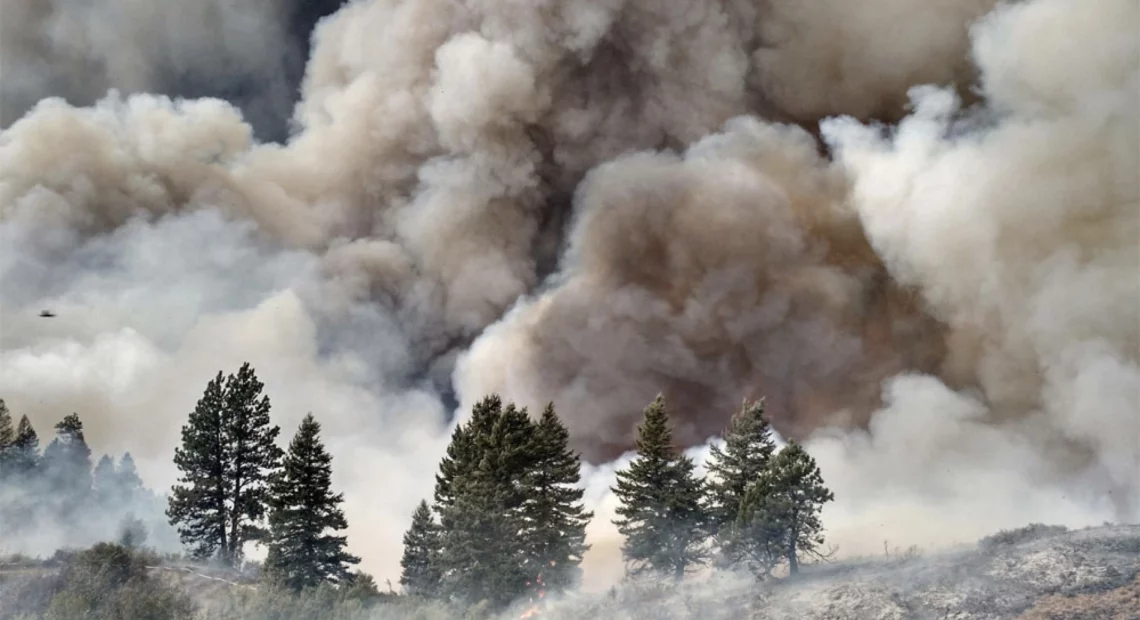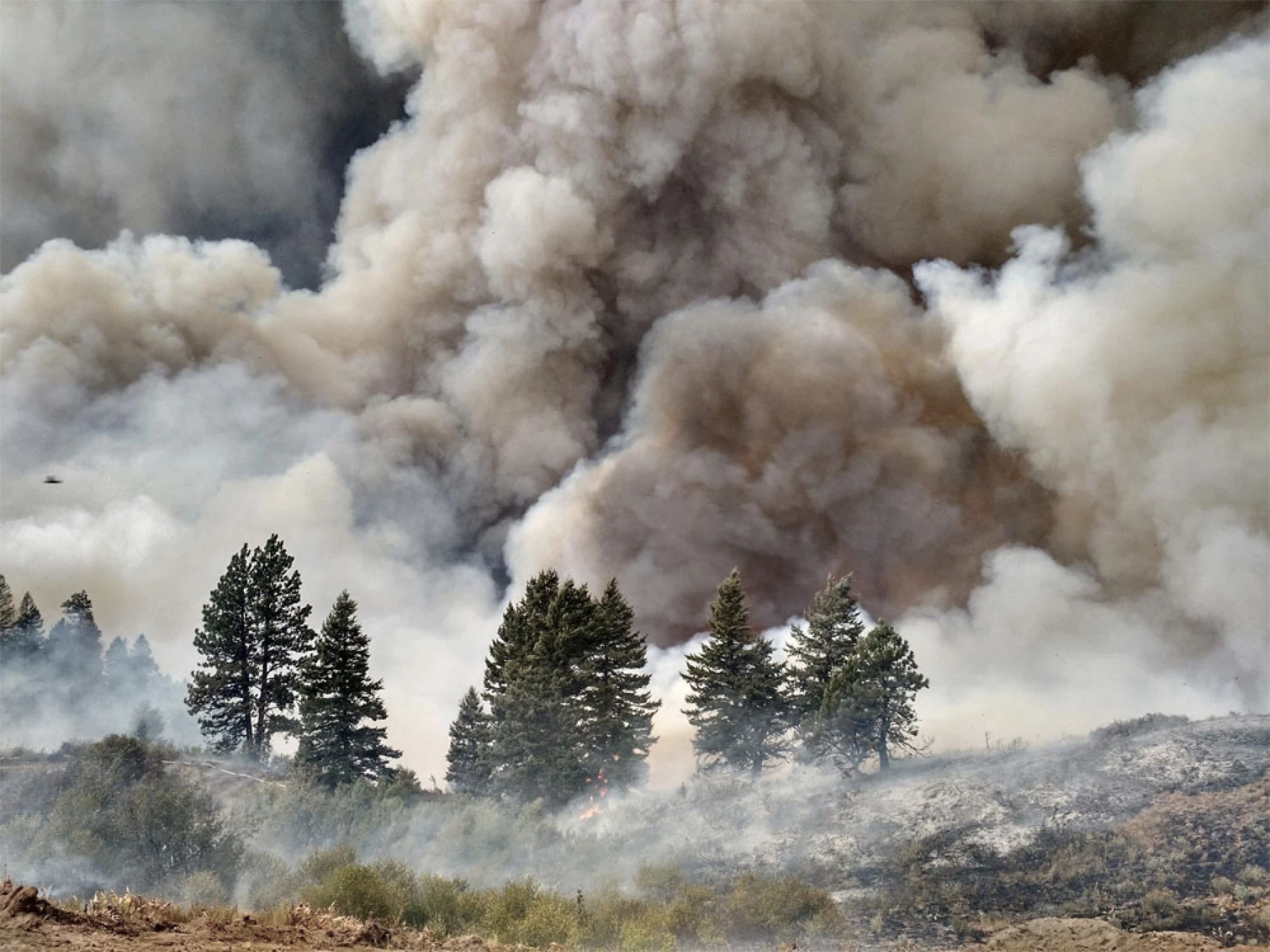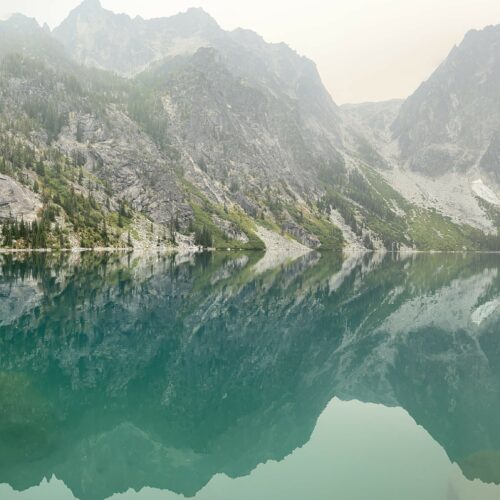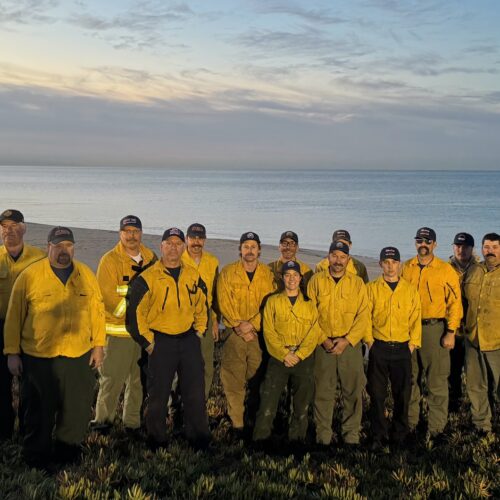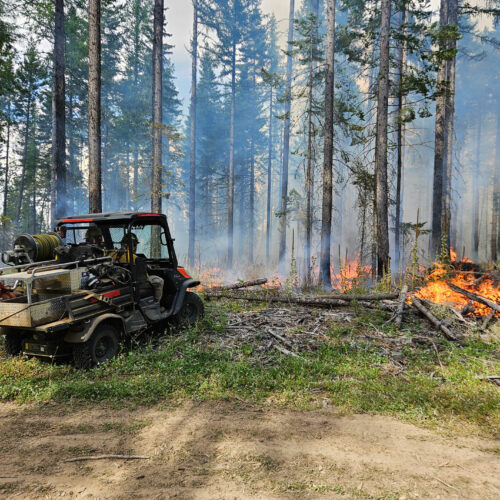As smoke filled the skies over Portland during the Riverside and Beachie Creek fires in 2020, scientists from Pacific Northwest National Laboratory gathered their air quality equipment to get a closer look at the air inside homes.
What the scientists found could help people keep the air inside their homes cleaner, even as wildfire smoke season gets longer in the Pacific Northwest.
“We found that even with a completely shut home, we still had really high penetrations of particulate matter indoors,” said Chrissi Antonopoulos, a senior analyst with Pacific Northwest National Laboratory.
For a little more than a week, scientists set up air quality monitors inside and outside a home in Portland. The monitoring stations collected data every two minutes.
For a few days that summer, Portland earned the distinction of the city with the most polluted air in the world.
The people inside the home, which was built in 1928, kept all their windows closed and avoided cooking or other activities, such as burning candles, that increase air pollution indoors.
However, the smoke particles found their way inside.
The scientists looked at the ratio of pollution outside to pollution inside, which peaked at almost 80%, Antonopoulos said.
“The old housing stock that we have here is not adequate to protect us from either extreme heat or large scale pollution events from wildfires,” she said. “Our housing is old and leaky.”
When the scientists added a portable air cleaner with a HEPA filter to the home, the inside air quality dramatically improved, Antonopoulos said. However, the air quality still showed unhealthy particulate levels.

